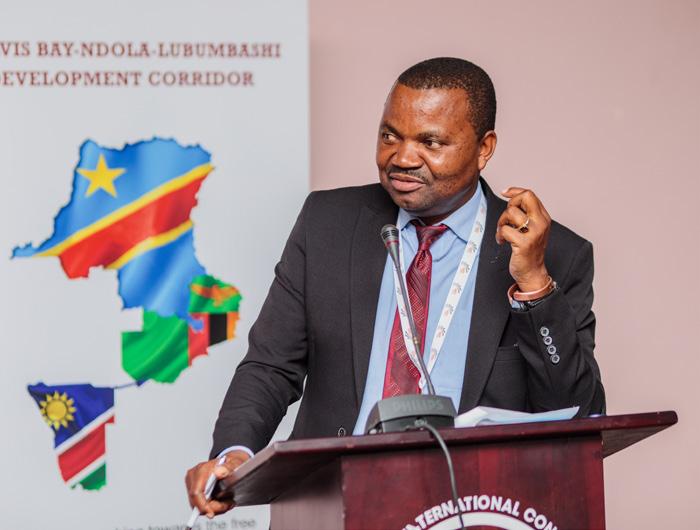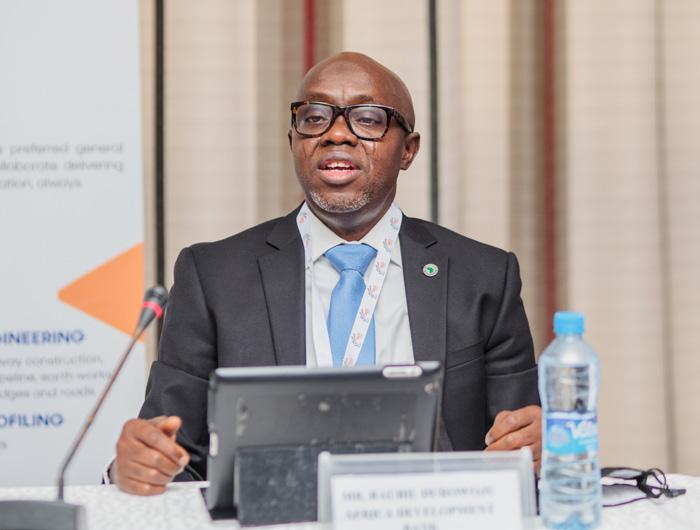
2 minute read
Workshop 6 Feasible Financing Structures for the Local Transport and Logistics Sector
Bank of Zambia (BOZ)’s Calvin Habasonde, the Acting Assistant Director for Regulatory Policy & Research, highlighted BOZ’s role as creating and ensuring a stable monetary and financial system through monitoring the flow of resources and channeling them to priority sectors. He indicated that bank supervision processes have revealed that “the default rate in the transport sector declined from 8.6% in December 2020 to 8.4% as at December 2021”. He attributed the decline to COVID-19. Sharing statistics on non-performing loans in the transport sector, it was stated that Zambia’s 5.5% was very high compared to a 3% benchmark for most countries in the region when considering risky sectors banks lend to. The Agriculture, forestry, fishing and hunting sector was the most risky recording 24.6% while the electricity, gas, water and energy was the least risky sector with a 0.8% as at December 2021. Capital contribution; collateral; cashflows; conditions and character were cited as the key components of a credit criteria for banks as he highlighted the fact that banks don’t lend solely on proposal, but by how bankable one’s proposal is. He further emphasised the need for borrowers to vet themselves first and research any other sources of finance before approaching banks. In the ensuing discussions, he admitted that there were deeper structural problems, than just financing, when it comes to banks being disinterested in offering loans to transporters. Getting finance for transporters: There is hope for future regulations and policies from all stakeholders to address this meaningfully beyond BOZ only. He confirmed that external loans are captured on Balance of payments. African Development Bank’s Country Manager for Zambia, Raubil Durowoju said AfDB was cognisant of the critical role the transport sector played in the economic growth of AfDB’s member countries. That is why integrating Africa is one of AfDB’s High-5 cardinal programs. He suggested that Zambia needed to be linked to its neighbouring countries to mitigate the challenge of access to market. “When the transport system is efficient, economic and social opportunities are created,” he said. He, however, cautioned that large transport investments require a high level of sector expertise to avoid cost over-runs and end product low projections. Key point 10
Advertisement
It is important to have financial institutions on board with the need for infrastructure development. The Ministry of Finance should work with financial institutions to develop products that target the transport and logistics sector. Financing for transport and logistics events and materials should also be simple to understand and easy to administer.
1: Zambia Railways Public Relations Manager, Caristo Chitamfya (i) leads deliberations on Feasible Financing Structures for the Local Transport and Logistics Sector 2: Mr Raubil Durowoju–African Development Bank(AfDB)










